Results 2,351 to 2,360 of 12096
Thread: Anandtech News
-
11-02-12, 01:00 PM #2351
Anandtech: iPad 4 GPU Performance Analyzed: PowerVR SGX 554MP4 Under the Hood
As always, our good friends over at Kishonti managed to have the first GPU performance results for the new 4th generation iPad. Although the new iPad retains its 2048 x 1536 "retina" display, Apple claims a 2x improvement in GPU performance through the A6X SoC. The previous generation chip, the A5X, had two ARM Cortex A9 cores running at 1GHz paired with four PowerVR SGX 543 cores running at 250MHz. The entire SoC integrated 4 x 32-bit LPDDR2 memory controllers, giving the A5X the widest memory interface on a shipping mobile SoC in the market at the time of launch.

The A6X retains the 128-bit wide memory interface of the A5X (and it keeps the memory controller interface adjacent to the GPU cores and not the CPU cores as is the case in the A5/A6). It also integrates two of Apple's new Swift cores running at up to 1.4GHz (a slight increase from the 1.3GHz cores in the iPhone 5's A6). The big news today is what happens on the GPU side. A quick look at the GLBenchmark results for the new iPad 4 tells us all we need to know. The A6X moves to a newer GPU core: the PowerVR SGX 554.
As always, Imagination doesn't provide a ton of public information about the 554 but based on what I've seen internally it looks like the main difference between it and the 543 is a doubling of the ALU count per core (8 Vec4 ALUs per core vs. 4 Vec4). Chipworks' analysis of the GPU cores helps support this: "Each GPU core is sub-divided into 9 sub-cores (2 sets of 4 identical sub-cores plus a central core)."Mobile SoC GPU Comparison   PowerVR SGX 543 PowerVR SGX 543MP2 PowerVR SGX 543MP3 PowerVR SGX 543MP4 PowerVR SGX 554 PowerVR SGX 554MP2 PowerVR SGX 554MP4 Used In - iPad 2 iPhone 5 iPad 3 - - iPad 4 SIMD Name USSE2 USSE2 USSE2 USSE2 USSE2 USSE2 USSE2 # of SIMDs 4 8 12 16 8 16 32 MADs per SIMD 4 4 4 4 4 4 4 Total MADs 16 32 48 64 32 64 128 GFLOPS @ 300MHz 9.6 GFLOPS 19.2 GFLOPS 28.8 GFLOPS 38.4 GFLOPS 19.2 GFLOPS 38.4 GFLOPS 76.8 GFLOPS
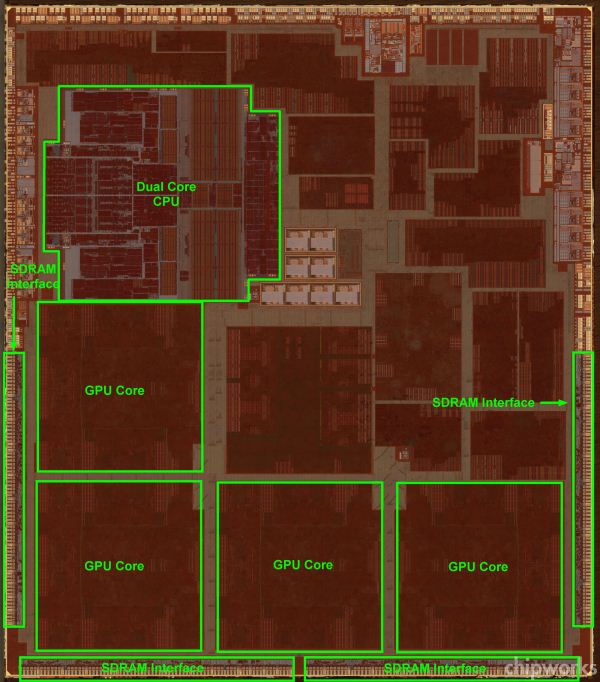
I believe what we're looking at is the 8 Vec4 SIMDs. The 9th "core" is likely the extra ALU that all of the modern PowerVR GPUs have. We typically don't count it in the spec tables as I'm not really clear as to what its role is, but there's more theoretical compute power than what we list here. Based on the die shot and Apple's performance claims it looks like there are four PowerVR SGX554 cores on-die, resulting in peak theoretical performance greater than 77 GFLOPS.
With that out of the way, let's get to the early performance results. We'll start with low level fill rate and triangle throughput numbers:
Fill rate goes up by around 15% compared to the iPad, which isn't enough to indicate a huge increase in the number of texture units on the 554MP4 vs. the 543MP4. What we may be seeing here instead are benefits from higher clocked GPU cores rather than more texture units. If this is indeed the case it would indicate that the 554MP4 changes the texture to ALU ratio from what it was in the PowerVR SGX 543. The data here points to a GPU clock at least 15% higher than the ~250MHz in the 3rd generation iPad.
Triangle throughput goes up by a hefty 65%, these are huge gains over the previous generation iPad.
The fragment lit triangle test starts showing us close to a doubling of performance at the iPad's native resolution.
Throw in a more ALU heavy workload and we really start to see the advantage of the new GPU: almost double the performance in Egypt HD at 2048 x 1536. We also get performance that's well above 30 fps here on the iPad at native resolution for the first time.
Normalize to the same resolution and we see that the new PowerVR graphics setup is 57% faster than even ARM's Mali-T604 in the Nexus 10. Once again we're seeing just about 2x the performance of the previous generation iPad.
Vsync bound gaming performance obviously won't improve, but the offscreen classic test gives us an idea of how well the new SoC can handle lighter workloads:
For less compute bound workloads the new iPad still boasts a 53% performance boost over the previous generation.
Ultimately it looks like the A6X is the SoC that the iPad needed to really deliver good gaming performance at its native resolution. I would not be surprised to see more game developers default to 2048 x 1536 on the new iPad rather than picking a lower resolution and enabling anti-aliasing. The bar has been set for this generation and we've seen what ARM's latest GPU can do, now the question is whether or not NVIDIA will finally be able to challenge Imagination Technologies when it releases Wayne/Tegra 4 next year.

More...
-
11-05-12, 11:00 AM #2352
Anandtech: The Intel SSD DC S3700: Intel's 3rd Generation Controller Analyzed
Today Intel is announcing its first SSD based on its own custom 6Gbps SATA controller. This new controller completely abandons the architecture of the old X25-M/320/710 SSDs and adopts an all new design with one major goal: delivering consistent IO latency. 
All SSDs tend to fluctuate in performance as they alternate between writing to clean blocks and triggering defrag/garbage collection routines with each write. Under sequential workloads the penalty isn't all that significant, however under heavy random IO it can be a real problem. The occasional high latency blip can be annoying on a client machine (OS X doesn't respond particularly well to random high IO latency), but it's typically nothing more than a rare hiccup. Users who operate their drives closer to full capacity will find these hiccups to be more frequent. In a many-drive RAID array however, blips of high latency from each drive can destructively work together to reduce the overall performance of the array. In very large RAID arrays (think dozens of drives) this can be an even bigger problem. 
In the past, we've recommended simply increasing the amount of spare area on your drive to combat these issues - a sort of bandaid that would allow the SSD controller to better do its job. With its latest controller, Intel tried to solve the root cause of the problem.
The launch vehicle for Intel's first 6Gbps SATA controller is unsurprisingly a high-end enterprise drive. Since the 2008 introduction of the X25-M, Intel has shifted towards prioritizing the enterprise market. All divisions of Intel have to be profitable and with high margins. The NAND Solutions Group (NSG) is no exception to the rule. With consumer SSDs in a race to the bottom in terms of pricing, Intel's NSG was forced to focus on an area that wouldn't cause mother Intel to pull the plug on its little experiment. The enterprise SSD market is willing to pay a premium for quality, and thus it became Intel's primary focus.
The first drive to use the new controller also carries a new naming system: the Intel SSD DC S3700. The DC stands for data center, which bluntly states the target market for this drive. Read on for our analysis of Intel's first 6Gbps SATA controller.

More...
-
11-05-12, 02:00 PM #2353
Anandtech: AMD Launches Opteron 6300 series with "Piledriver" cores
Today AMD unveiled its new Opteron 6300 series server processors, code name "Abu Dhabi". The Opteron 6300 contains the new Piledriver cores, an evolutionary improvement of the Bulldozer cores.

We talked about the long list of small improvements that were made in the "Piledriver" core. Just to recap, it has higher clockspeeds at the same TDP, a "smarter" L2 with more effective bandwidth, smarter prefetching, a perceptron branch predictor that supplements the primary BPU, a larger L1 TLB, schedulers that free up tokens more quickly, faster FP and integer dividers and SYSCALL/RET (kernel/System call instructions), and faster Store-to-Load forwarding. Finally, the new Opteron 6300 can now support one DDR3 DIMM per channel at 1866MHz. With 2 DIMMs per channel, you get a 1600MHz at 1.5V. We are still working with AMD to get you our independent real-world benchmarks, but until then we discuss the SKUs and AMD's own benchmarks.
 

More...
-
11-06-12, 11:30 AM #2354
Anandtech: Imagination Technologies Acquires MIPS Technologies
Imagination Technologies (ImgTec) announced their intent to acquire Sunnyvale-based MIPS Technologies for $60 million in cash. This price includes the operating business as well as ownership of 82 patents relevant to the MIPS architecture. The 482 remaining patents in the MIPS portfolio have been sold for $350 million to Bridge Crossing LLC, but Imagination Tech retains a royalty-free, perpetual license to them. The acquisition is expected to close in Q1 2013.
The deal brings together 2 of the top 5 semiconductor design IP vendors and strengthens ImgTec's position and opportunities in the TV/set-top-box and networking markets. While ImgTec does have its own embedded Meta 32-bit CPU core, the MIPS cores complement this lineup with the popular 32-bit and 64-bit CPU applications processors.
While the ImgTec acquisition is straightforward, the acquisition of patents by Bridge Crossing LLC seems to be worthy of further analysis. While ImgTec and MIPS don't go into the details of the companies behind Bridge Crossing LLC, ARM has come out with a press release indicating that they are a leading member of the consortium. Out of the $350 million being shelled out, ARM is contributing $167.5 million. Bridge Crossing LLC expects to license out the patents to companies who aren't part of the consortium. The acquisition of the patents by a licensing authority is more of a defensive move to prevent valuable MIPS patents from being picked up by patent trolls. While we don't have the full list of companies behind the LLC, it appears that most of them are affiliated to the Allied Security Trust, whose members include Hewlett-Packard, IBM and Intel.
MIPS has also been making a little bit of headway into the mobile space (mainly in the Chinese market), but this deal cuts down the number of players in the mobile space from three (ARM, Intel and MIPS) to just ARM and Intel now. We usually don't comment too much on the financial aspects of such acquisitions, but it does appear as if ImgTec got itself a good deal in the process.
 
More...
-
11-06-12, 11:30 AM #2355
Anandtech: Gigabyte H77N-WiFi Review – First Look at Ivy Bridge with mITX
Reviews of the Ivy Bridge platform at AnandTech have focused solely on the primary chipset supplied to most desktop users – Z77.  In a twist, today we are reviewing both the H77 platform, but also a mITX product in the form of the Gigabyte H77N-WiFi.  Gigabyte has released two mITX motherboards for use with Ivy Bridge processors – both the H77 and Z77 variants, and they see the H77 as the one to focus on.  This makes sense as mITX builds are not often overclocked, and are limited to a single PCIe slot, making two of the main benefits of Z77 void and pointing to H77 as the answer.  Read on for the full review.

More...
-
11-06-12, 02:00 PM #2356
Anandtech: The Intel SSD DC S3700 (200GB) Review
When Intel arrived on the scene with its first SSD, it touted superiority in controller, firmware and NAND as the reason it was able to so significantly outperform the competition. Slow but steady improvements to the design followed over the next year and until 2010 Intel held our recommendation for best SSD on the market. The long awaited X25-M G3 ended up being based on the same 3Gbps SATA controller as the previous two drives, just sold under a new brand. Intel changed its tune, claiming that the controller (or who made it) wasn't as important as firmware and NAND.
Then came the 510, Intel's first 6Gbps SATA drive...based on a Marvell controller. Its follow-on, the Intel SSD 520 used a SandForce controller. With the release of the Intel SSD 330, Intel had almost completely moved to third party SSD controllers. Intel still claimed proprietary firmware, however in the case of the SandForce based drives Intel never seemed to have access to firmware source code - but rather its custom firmware was the result of Intel validation, and SandForce integrating changes into a custom branch made specifically for Intel. Intel increasingly looked like a NAND and validation house, giving it a small edge over the competition. Meanwhile, Samsung aggressively went after Intel's consumer SSD business with the SSD 830/840 Pro, while others attempted to pursue Intel's enterprise customers.
This is hardly a fall from grace, but Intel hasn't been able to lead the market it helped establish in 2008 - 2009. The SSD division at Intel is a growing one. Unlike the CPU architecture group, the NAND solutions group just hasn't been around for that long. Growing pains are still evident, and Intel management isn't too keen on investing heavily there. Despite the extremely positive impact on the industry, storage has always been a greatly commoditized market. Just as Intel is in no rush to sell $20 smartphone SoCs, it's similarly in no hurry to dominate the consumer storage market.
I had heard rumors of an Intel designed 6Gbps SATA controller for a while now. Work on the project began years ago, but the scope of Intel's true next-generation SATA SSD controller changed many times over the years. What started as a client focused controller eventually morphed into an enterprise specific design, with its scope and feature set reinvented many times over. It's typical of any new company or group. Often times the only way to learn focus is to pay the penalty for not being focused. It usually happens when you're really late with a product. Intel's NSG had yet to come into its own, it hadn't yet found its perfect development/validation/release cadence. If you look at how long it took the CPU folks to get to tick-tock, it's still very early to expect the same from NSG.
Today all of that becomes moot as Intel releases its first brand new SSD controller in 5 years. This controller has been built from the ground up rather than as an evolution of a previous generation. It corrects a lot of the flaws of the original design and removes many constraints. Finally, this new controller marks the era of a completely new performance focus. For the past couple of years we've seen controllers quickly saturate 6Gbps SATA, and slowly raise the bar for random IO performance. With its first 6Gbps SATA controller, Intel does significantly improve performance along both traditional vectors but it adds a new one entirely: performance consistency. All SSDs see their performance degrade over time, but with its new controller Intel wanted to deliver steady state performance that's far more consistent than the competition.
I originally thought that we wouldn't see much innovation in the non-PCIe SSD space until SATA Express. It turns out I was wrong. Codenamed Taylorsville, it's time to review Intel's SSD DC S3700. Read on!

More...
-
11-06-12, 05:00 PM #2357
Anandtech: Rescheduling the Intel SSD DC S3700 Review
This is a rare situation so I thought I'd post a quick explanation here. There was a miscommunication relating to the exact date and time of the embargo lift on performance data for Intel's SSD DC S3700. As a gesture of good faith to all involved I've pulled the review for now. We'll repost it when the final embargo date/time is determined (I should have that later today). There's nothing wrong with the content, just a misunderstanding about when we're allowed to post it.
If you read the review, nothing will change when we repost it, if you didn't, you'll have to wait a little while longer. The drive is pretty cool, it's just not exactly time to talk about it yet.
Sorry for the confusion.

More...
-
11-07-12, 01:00 PM #2358
Anandtech: The AnandTech Podcast: Episode 9
This past month has been insane thanks to many of our travel schedules. With things finally settling down I was able to get together with Brian and Vivek to record a mobile-update podcast going over all of the announcements we've been covering on the site lately. This is a long one, we go over all of the new Microsoft releases (Surface, Windows 8/RT, Windows Phone 8), the new Google releases (Chromebook, Nexus 4/10) and the new Apple releases (iPad mini, iPad 4, 13-inch rMBP), and more.
The AnandTech Podcast - Episode 9
featuring Anand Shimpi, Brian Klug, Vivek Gowri
iTunes
RSS - mp3, m4a
Direct Links - mp3, m4a
Total Time: 2 hours 8 minutes
Outline - hh:mm
Windows R/RT - 00:00
Surface - 00:05
Samsung Ativ Smart PC - 00:10
Windows Phone 8 - 00:24
Windows Phone 8X by HTC -  00:39
New Chromebook - 00:42
Nexus 4/10 Performance - 00:49
Nexus 10 - 00:52
Nexus 4 - 1:01
Android 4.2 - 1:24
iPad mini - 1:29
iPad 4 - 1:41
13-inch rMBP - 1:47
Element Case - 1:53
Base Station Emulator -  2:00
As always, comments are welcome and appreciated. 

More...
-
11-09-12, 07:30 AM #2359
Anandtech: AnandTech Webcast Live from SC12: Ask Your Intel SSD DC S3700 Questions He
There's a bunch of cool stuff happening at this year's Supercomputing conference in Salt Lake City, Utah. For starters, we'll get to see the updated list of the world's fastest supercomputers (and we'll get to see where Titan ranks on that list). Intel will also be making a few very big announcements at the show, among them will be the official unveil of Intel's SSD DC S3700. We've already looked at the architecture of the drive and reviewed it here, but Intel invited us to participate in a live webcast from the SC12 showfloor.
The topic of the webcast will be Intel's SSD DC S3700. You'll have the opportunity to have your questions about the drive and/or the SSD space in general answered by myself and Roger Peene of Intel's Data Center SSD Solutions, live from the show. Given the venue (SC12 is a supercomputing show after all), try and stick to a mostly enterprise focus (client or server) but I'll be game for answering architectural questions or bigger picture items as well.
If you want to have your question answered on the webcast, respond to this post with your question in the comments area. I can't guarantee that we'll get to all of them but we'll try. The webcast will be live at 9AM Pacific/12PM Eastern on November 13. You can view it live here.
Oh and one more thing. Intel apparently rented the bridge of the starship Enterprise for the webcast (not sure which Enterprise yet), so that's where we'll be webcasting from. I can promise that I won't be in uniform, but I make no promises regarding bad Star Trek jokes.

More...
-
11-09-12, 01:00 PM #2360
Anandtech: Inside Intel's Next Unit of Computing (DC3217BY)
Back at IDF Intel gave us a hands on demo of its Next Unit of Computing (NUC), a custom form factor motherboard that fits into an Intel-supplied 4" x 4" x 2" chassis. The first-generation NUC is built around a dual-core ULV Ivy Bridge CPU, the Core i3 3217U (17W TDP, 1.8GHz frequency, no turbo, HD 4000 graphics running at 350MHz - 1.05GHz).
Intel will be selling two versions of the NUC: the DC3217IYE and the DC3217BY:
Intel sent along the DC3217BY which it expects to see on sale via Amazon and Newegg around early December for $300 - $320. For that price you basically get the motherboard (including CPU) and chassis. Memory, mini PCIe cards and even the power cord all come separately. The power cord you'll need to buy is a C6 type that plugs into the power adapter's C5 type connector. The 3-plug C6 connector is also known as a cloverleaf connector. My assumption here is to keep costs down Intel avoided including this part as they'd need to have a different cable depending on what part of the world the NUC was being sold into. The kit also comes with a VESA mounting bracket.Intel NUC Kit Comparison   DC3217IYE DC3217BY CPU Intel Core i3-3217U Intel Core i3-3217U Chipset Intel QS77 Express Intel QS77 Express RAM 2 x DDR3 SO-DIMM slots 2 x DDR3 SO-DIMM slots HDMI Output 2 1 USB 3 x USB 2.0 3 x USB 2.0 Gigabit Ethernet Y N Thunderbolt N Y mini PCIe (half-height) 1 1 mini PCIe (full-height, mSATA support) 1 1 Chassis Color Black Black with Dark Red Top Power Supply External 19V DC External 19V DC
Building the NUC is incredibly simple. There are four screws that hold the chassis together, removing them gives you access to the motherboard:
You don't actually need to go any further if you just want to get the NUC up and running. From here you can install up to two 8GB DDR3 SO-DIMMs. The bottom mini-PCIe slot accepts a half height card (perfect for WiFi) while the top slot can take a full height card or an mSATA drive. The antenna pigtails for WiFi are already routed to the appropriate spot inside the chassis. This model has an integrated Thunderbolt controller which you can see in the upper right of the machine.
Intel sent along its mSATA SSD 520 (180GB), which is a SandForce based mSATA drive from Intel using 25nm MLC NAND. SandForce controllers work very well in mSATA form factors since they don't require any external DRAM. There are only four IC packages on the mSATA 520: the controller itself plus 3 x 64GB 25nm MLC NAND devices. Intel's SSD Toolbox labels the drive as an SSD 525, however the part numbers above indicate 25nm NAND which would make this a 520.
Going further, there are four screws that hold the motherboard in place, remove them and you can pull the board out completely:
On the underside of the motherboard you'll find the heatsink/fan covering the QS77 chipset and the Core i3 CPU:
Under heavy load the fan will kick in, but it's barely audible from more than 18" away from the chassis. The top of the plastic chassis does get quite warm (48.7C) while the CPU is running full tilt. The 65W power adapter will pull around 10W for the full system at idle and peak power consumption for the NUC tops out at 19.3W when running our x264 HD test.
Performance is obviously going to be in line with other 17W mobile Ivy Bridge CPUs. We don't have a huge library of x264 HD 5.0.1 tests to compare to, but this should give you a bit of an idea of how the NUC would compare to a full blown 65W Core i3 based desktop PC:
Compute bound tasks will obviously be slower, but lighter usage models will be just fine. Remember that this isn't an Atom based system, you'll actually get decent performance out of it. I'll be running some more benchmarks on the machine over the coming weeks, including a look at GPU performance.
The NUC is a nifty little concept and I'm glad Intel is bringing it to market. Obviously I don't see the NUC replacing everyone's desktop, but if you've got a specific application where form factor matters more than absolute performance (albeit one where you still need good performance) there may be a good fit here. What I'd love to see is for the NUC to be turned into a standard form factor, with a real ecosystem of multiple parts suppliers building components. Intel keeping it all in house, at least for the first revision, makes sense in order to establish a good baseline.

More...
Thread Information
Users Browsing this Thread
There are currently 37 users browsing this thread. (0 members and 37 guests)






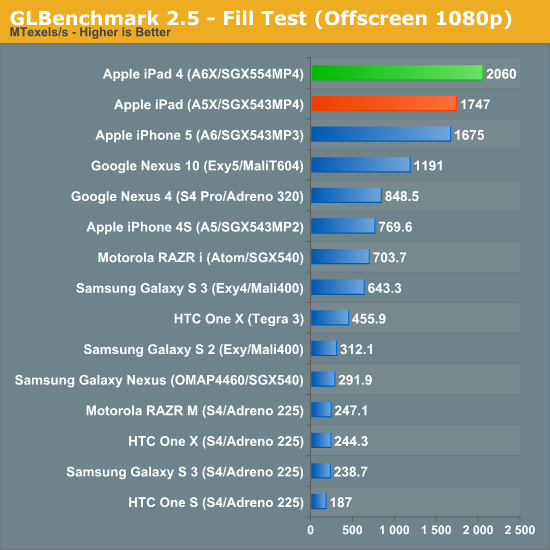
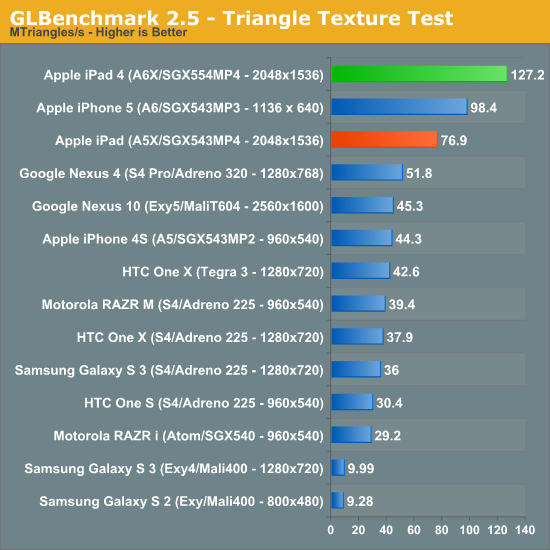
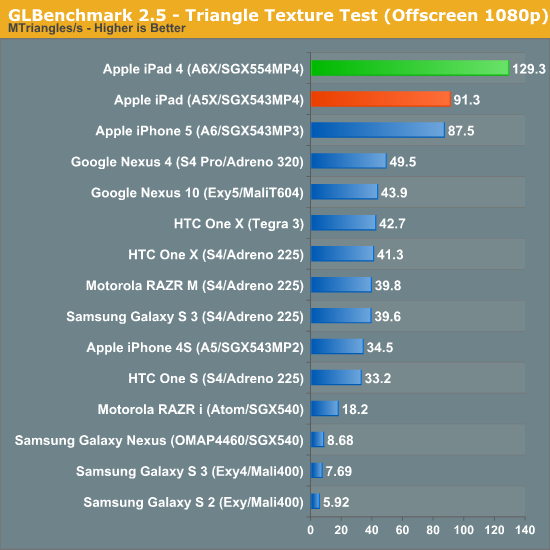

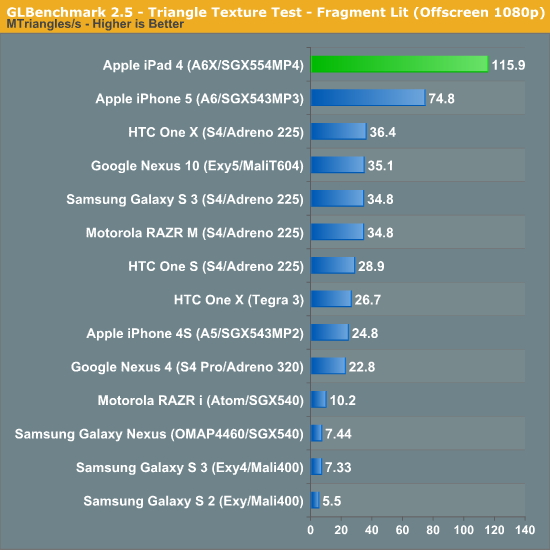
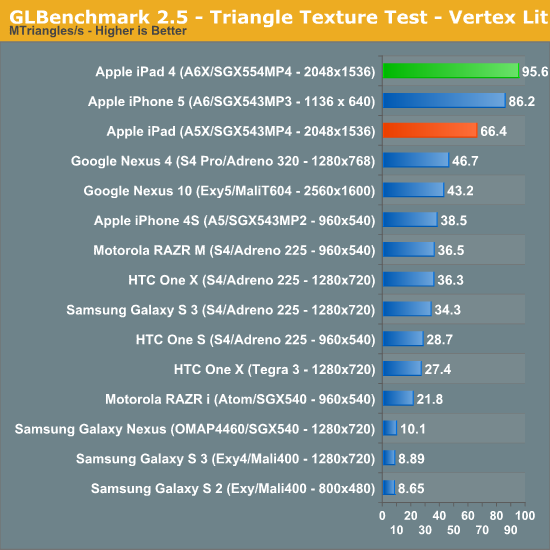








 Quote
Quote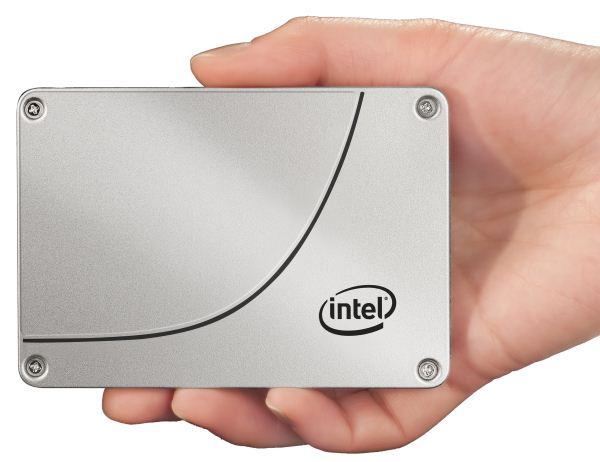
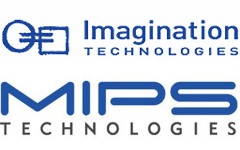
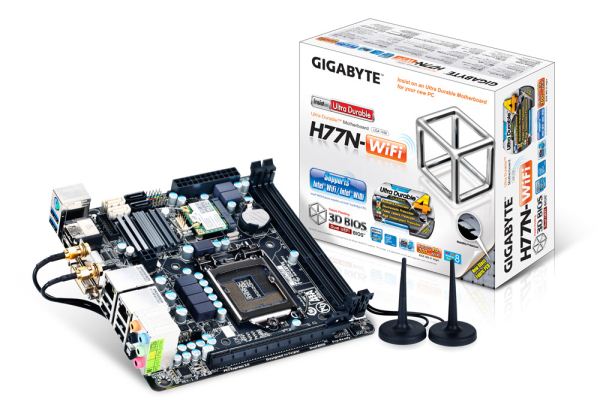
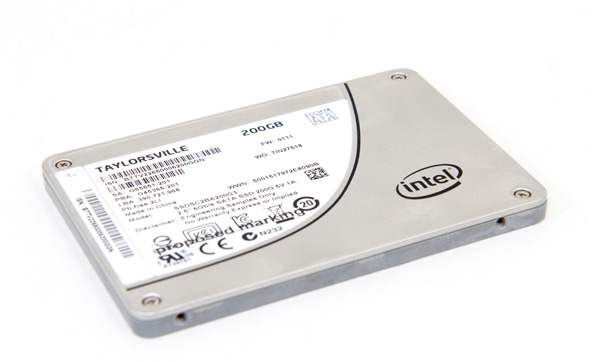


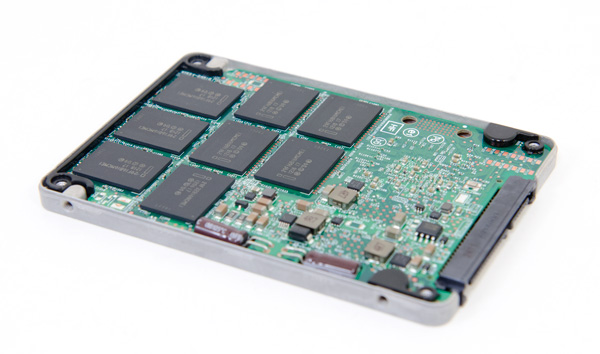
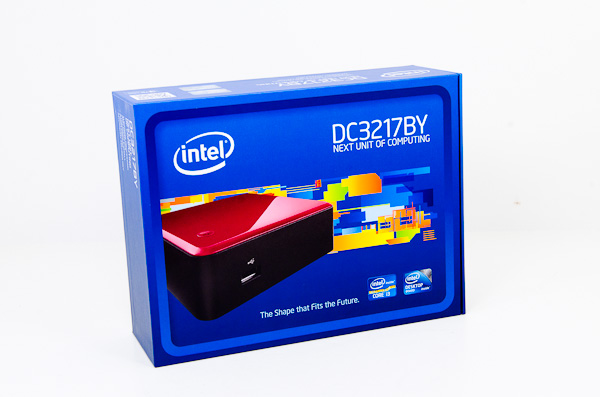







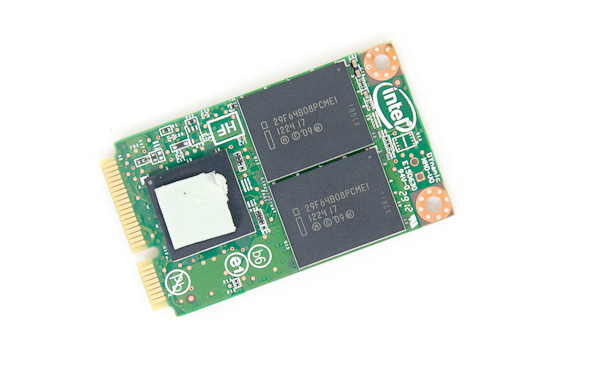
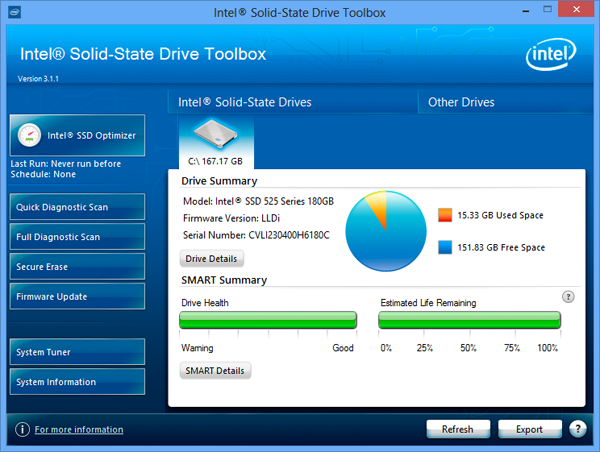
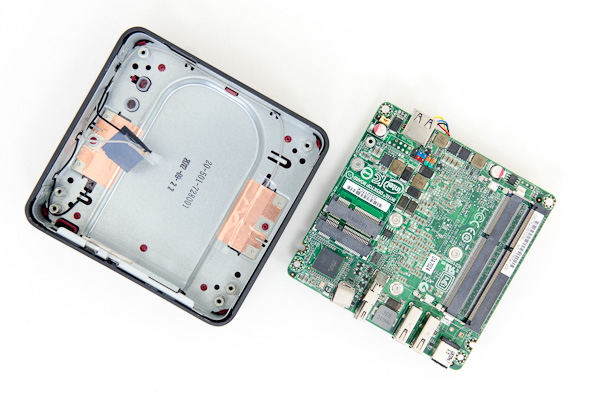
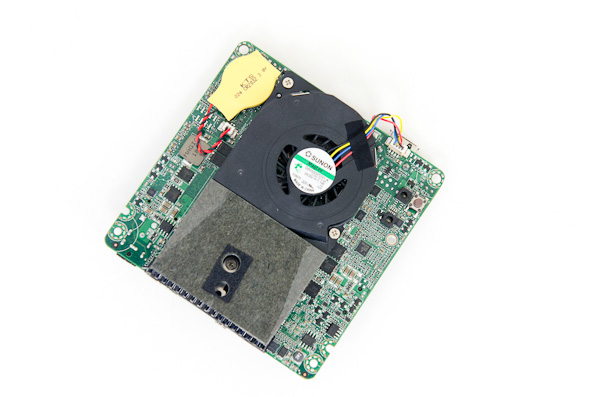
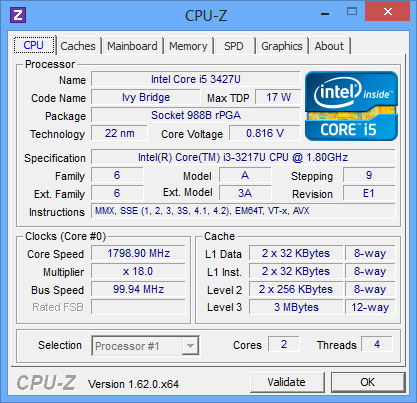

















Bookmarks